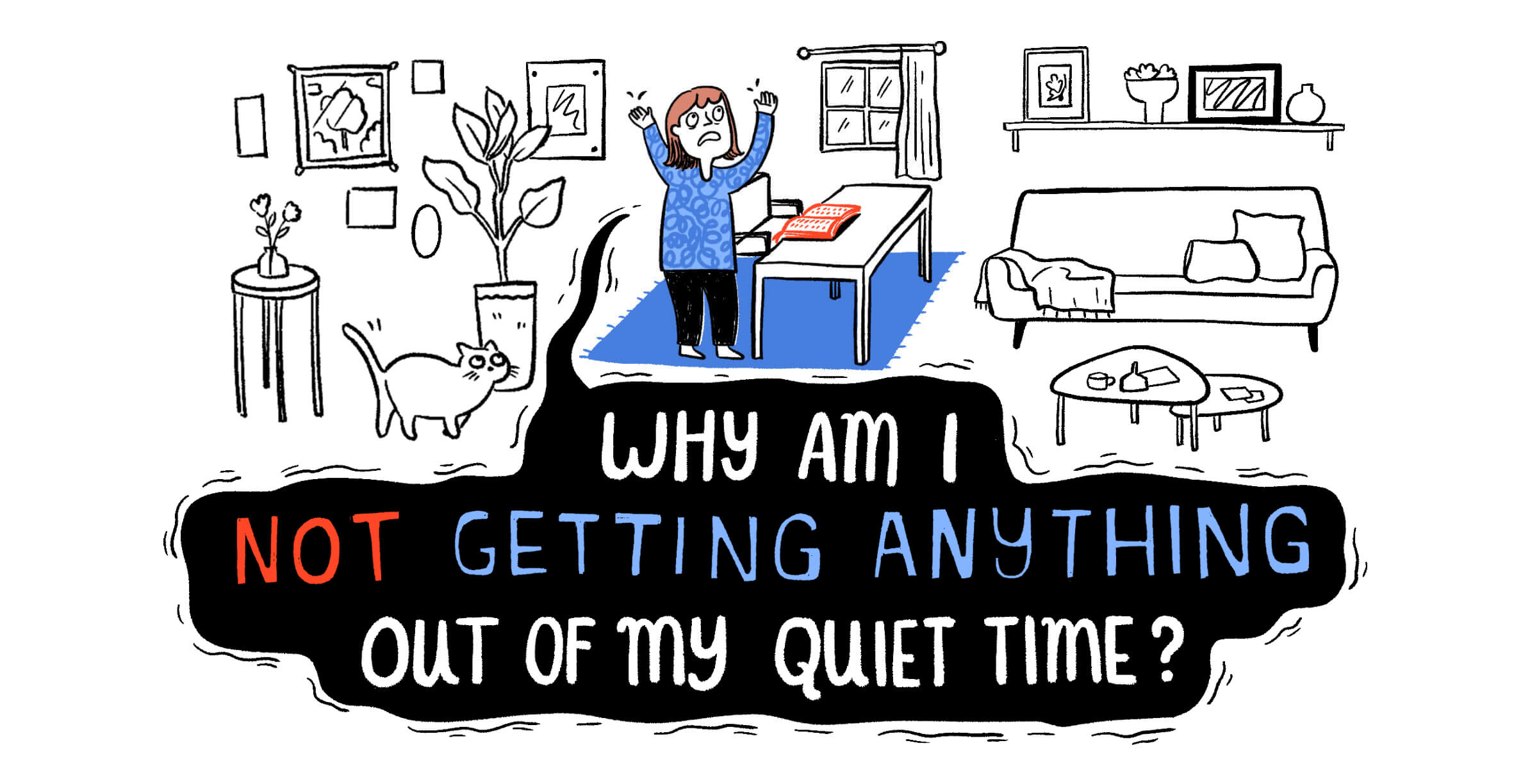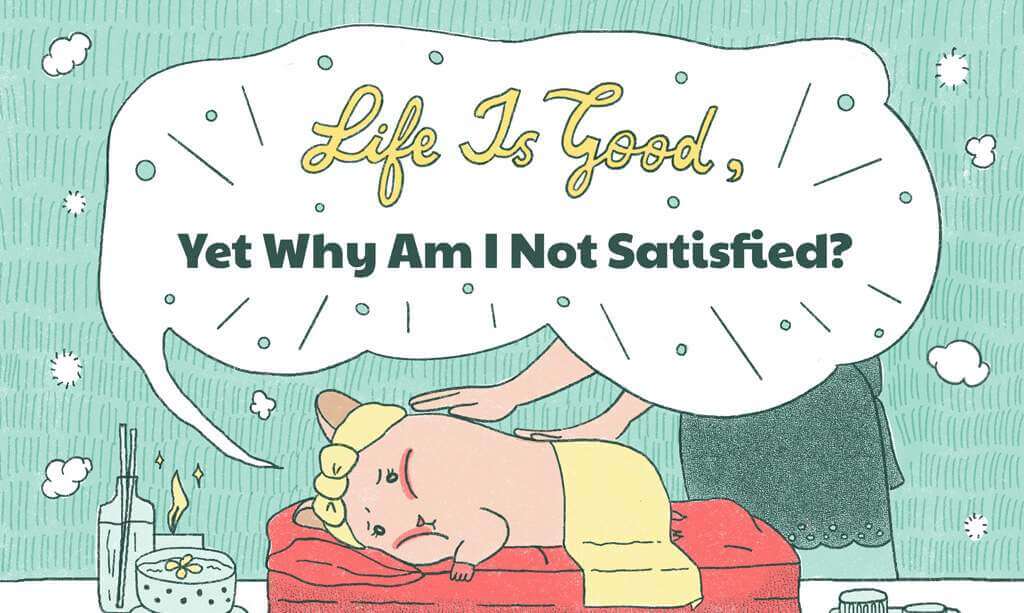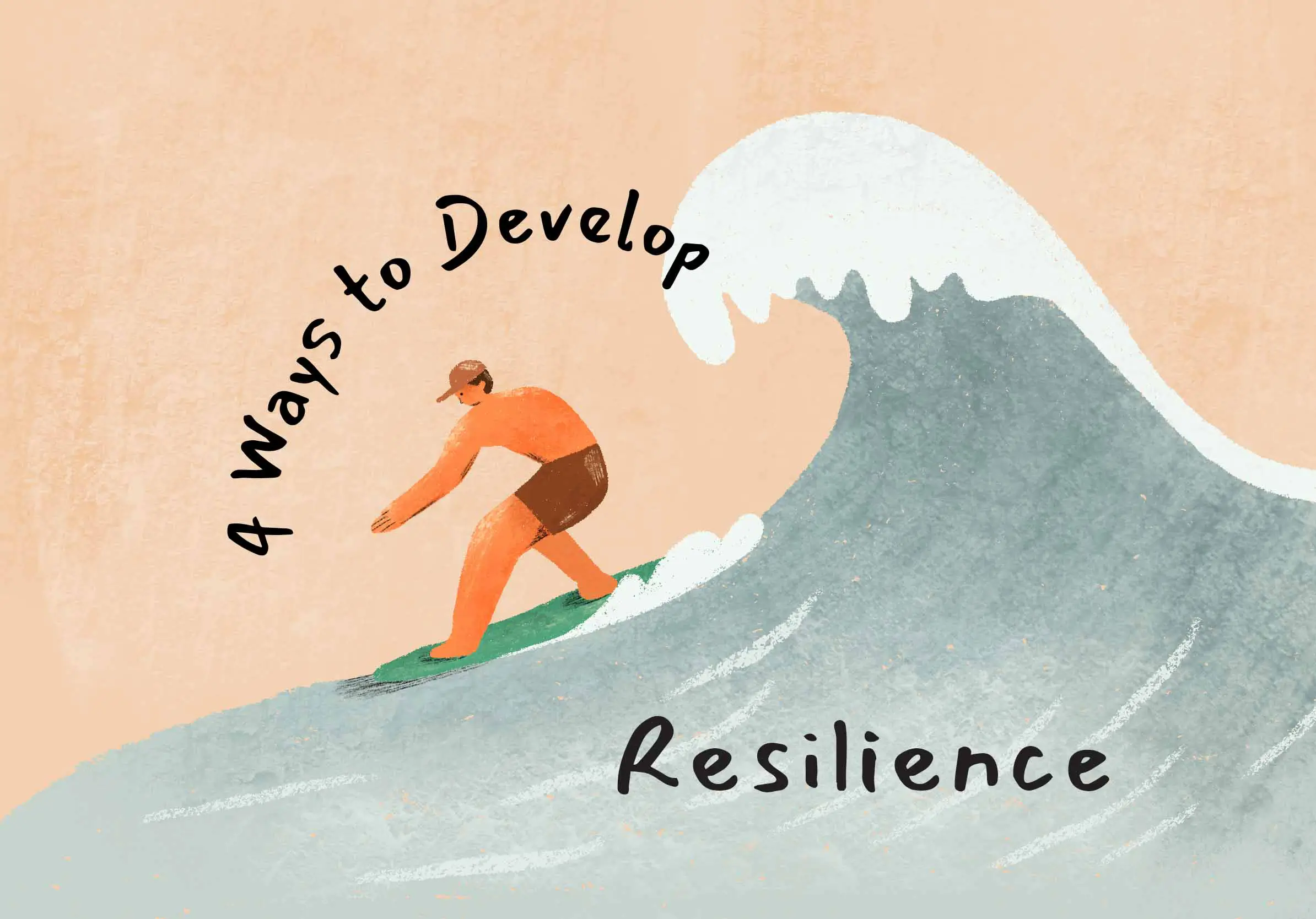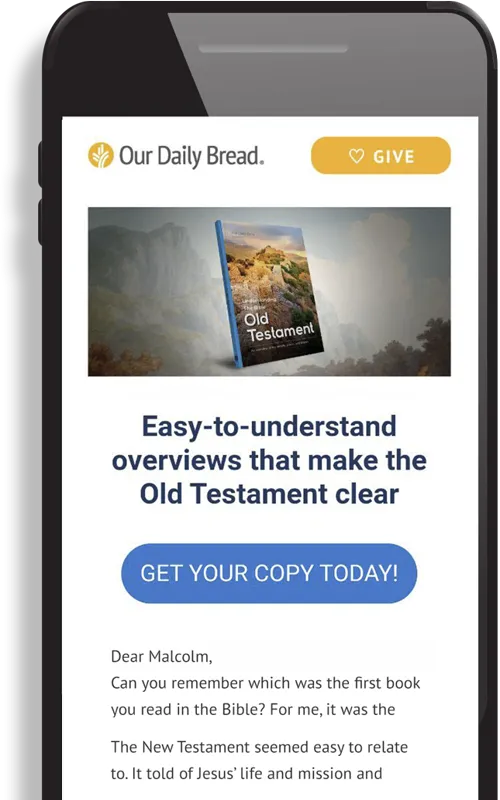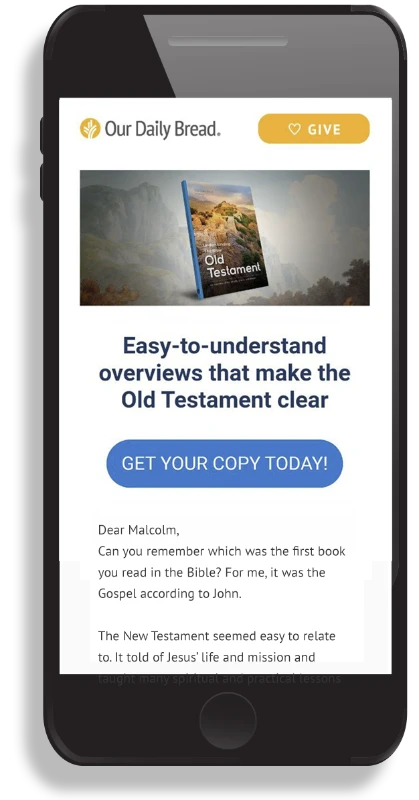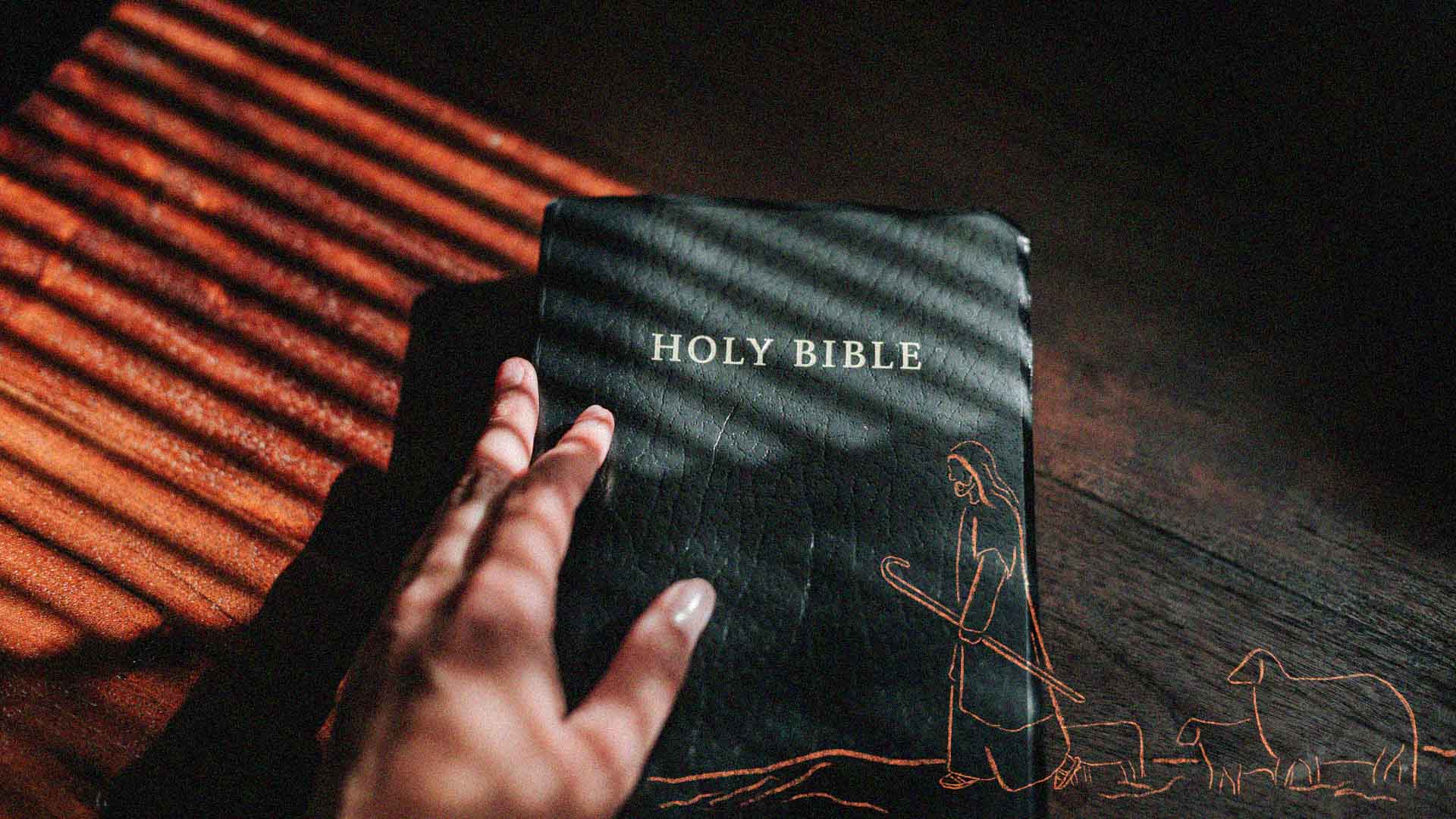
How to Learn to Read the Bible Well
Even if it isn’t simple, the answer might be a bit more obvious than you might think
Jed Ostoich
My almost-seven-year-old wants to be perfect. She dissolves into tears any time she doesn’t nail a math concept immediately or the shape of her letters is squished. If something isn’t right the first time, it not only doesn’t count, but it means she’s a failure—at least in her head.
My daughter hates the concept of practice because it implies failure. It means falling off her bike and having to get back on it. It means reciting the times table over and over again. It means admitting that her abilities are not where she wants them to be.
But I’m not going to let her give up or throw in the towel just because she didn’t get the notes exactly perfect on her piano piece. My parents didn’t let me either, and besides, I share my daughter’s penchant for perfectionism. Also, I know that the reward of doing something hard over and over, until it not only becomes easy, but it also becomes fun.
Of course, this is not always simple. The problem is, the Bible’s not an easy book to read. It’s more than a thousand years old, translated from ancient languages, and steeped in ancient cultures that leave us scratching our heads.
So, reading the Bible can often feel like learning Shakespeare in school. You know what you’re reading is important and valuable, but it seems that only a few people will be able to make sense of it—or actually enjoy it. Still, you do it anyway because it’s required of you.
Most of us, however, stop practising hard reading when the demands of school (and exams) are over. The Bible, though, asks us to return to this world of hard reading. Of slow practice and growth. Basically—the hard work that my daughter finds so distasteful.
Many of us want to open the Bible to any page and instantly find inspiration or life-changing messages for our day. But that’s not how the Bible was created to be read.
So, How Do I Start Reading the Bible Well?
None of us would pick up a novel and read a page or two before putting it down and expect to know what on earth was going on. None of us would pick up a newspaper and start reading the last paragraphs of an article expecting to understand the message.
The Bible is the same way. Strung across dozens of books, hundreds of years, and half a dozen different genres, it is one cohesive story that starts with creation and ends with re-creation. It builds on itself in the same way that any good novel does. It expects its readers to recognise when a writer’s alluding to a previous book or passage.
But, you won’t get that unless you read it.
Start at Genesis and read the entire book. Then move to Exodus. Move through the text in large chunks the way it was meant to be read. Try not to dwell on the details too much, and just let the story hit you.
You’ll miss a lot. Many details will slip by under your nose. But you’ll have the whole story in your mind. You’ll have done it fast enough not to forget what happened in Genesis by the time you’re turning the last pages of Revelation.
Instead of jumping around from passage to passage, book to book, verse to verse, let the Bible do the work it was intended to do. Let it tell you the story of the God who created everything and how He’s working to fix what humanity broke. Let the repetition of words start sticking in your brain. Let the similarities between the flora and fauna decorating the tabernacle remind you of Eden.
Watch what brings Him joy and what breaks His heart. Watch as He passionately defends His promise to a people dead-set on abandoning Him. Watch Him rejoice with the faithful and weep when they suffer. Watch Him weave His will into the fabric of history, springing to light in the advent of His Son. Watch as the victory of the Messiah turns the tables of time and begins to reverse the curse.
Watch what brings Him joy and what breaks His heart. Watch as He passionately defends His promise to a people dead-set on abandoning Him. Watch Him rejoice with the faithful and weep when they suffer. Watch Him weave His will into the fabric of history, springing to light in the advent of His Son. Watch as the victory of the Messiah turns the tables of time and begins to reverse the curse.
Join God in His story by reading it the way He intended it to be read. Cover-to-cover, chapter-by-chapter. You’ll find that the hard work pays off.
Do you know that Our Daily Bread daily devotional comes with a ‘Bible in a Year’ reading plan to help you read the Bible in one year? Subscribe to receive Our Daily Bread devotionals in your inbox every day, and start reading the Bible in a year.
Jed Ostoich is Senior Editor and Product Developer with Discovery Series at Our Daily Bread. He has his BA from Moody Bible Institute in Old Testament Hebrew and his ThM from Dallas Theological Seminary in Old Testament Biblical Theology. Jed lives with his wife and four kids in Grand Rapids.
This article was first published in Discovery Series © Our Daily Bread Ministries. Adapted with permission.

